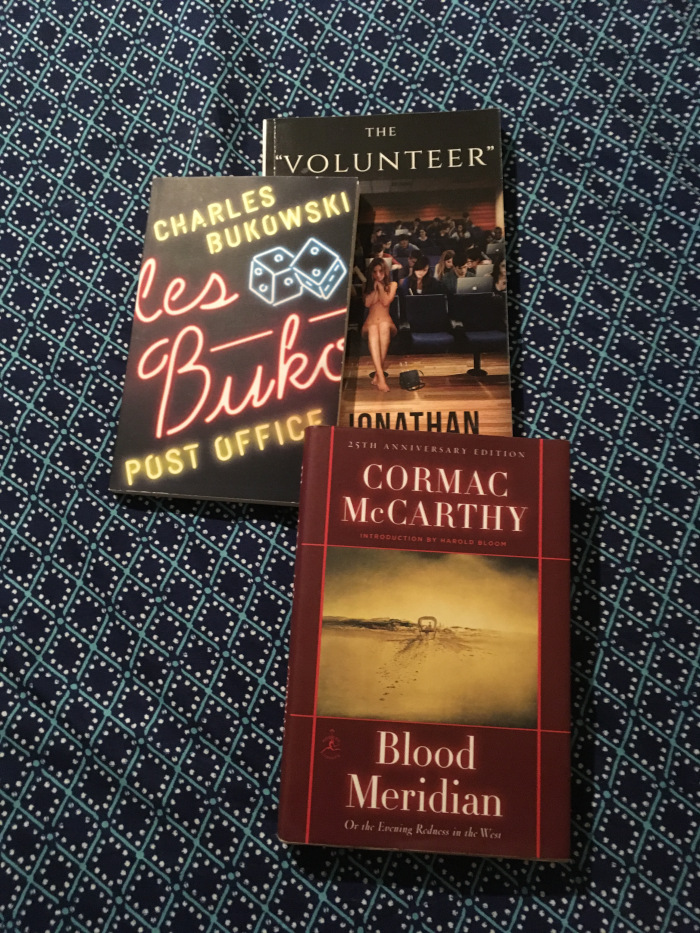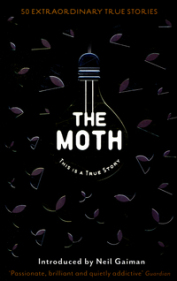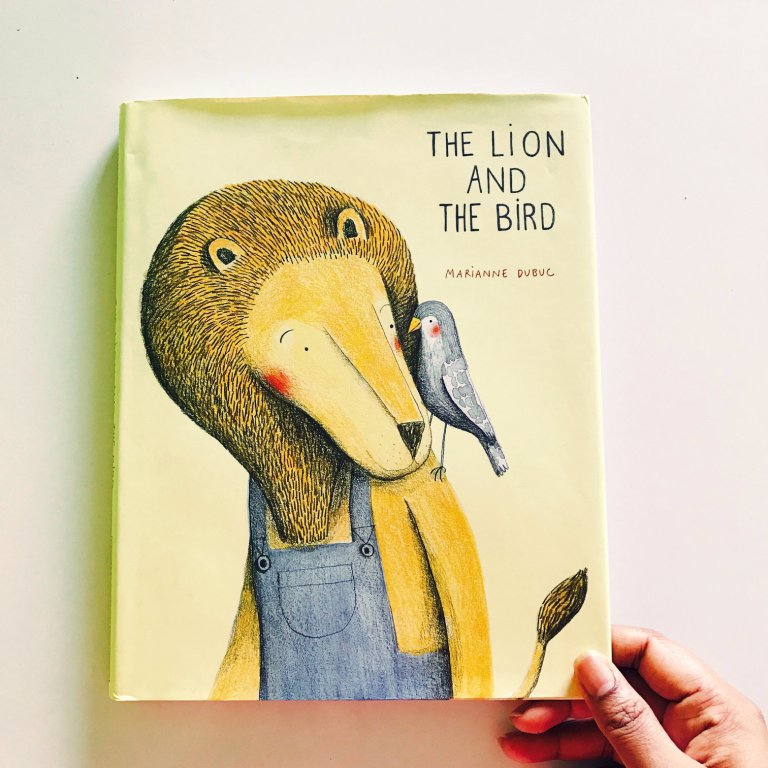We all know that horror has its roots in literature, and horror literature is filled with great story titles. This is especially true when it comes to short-fiction. The naming of a story is what draws the reader in, more so than the actual first line. Here are a few of my favorites (some are cheesy, but I love ’em):
“Terror at 20,000 feet!” (Richard Matheson)
“Pigeons From Hell” (REH Howard)
“The Road Virus Heads North” (Stephen King)
“Suffer The Little Children” (Stephen King)
“I Have No Mouth And I Must Scream” (Harlan Ellison)
“The Whimper of Whipped Dogs” (Harlan Ellison)
“The Man Who Was Heavily Into Revenge” (Harlan Ellison)
“The Bloody Chamber” (Angela Carter)
“Dapplegrim” (Brian Evenson)
“The Echo of Neighborly Bones” (Daniel Woodrell)
“The Graveless Doll of Eric Mutis” (Karen Russell)
“The Yellow Wallpaper” (Charlotte Perkins Gillman)
“At The Mountains of Madness” (H.P. Lovecraft)
“The Rats in the Walls” (H.P. Lovecraft)
“The Dunwich Horror” (H.P. Lovecraft)
“Amerikanski Dead at the Moscow Morgue” (Kim Newman)
“The Midnight Meat Train” (Clive Barker)
“There Will Come Soft Rains” (Ray Bradbury)
“The Screaming Skull” (F. Marion Crawford)
“Srendni Vastar” (Saki)
“Bay Wolf” (Neil Gaiman)
The list is seemingly endless. But what about horror comics? From the 1940s to the early 1980s most horror stories in comic books were presented in an anthology-style format, with between 3 to 5 stories per issue. Because of the limited page count (roughly 32-46 pages per issue) the stories were necessarily short. The names of the tales were meant to arrest the readers’ attention, and writers often had to employ words that evoked shocking imagery. Most of these names were quite lurid and unimaginative at first, but as time went on and the writers perfected the craft of scripting for comics, the quality of description increased. Sometimes the art of naming ran away with the writer, as some tales offered incredibly evocative titles but often had little to do with the content of the stories they heralded. These instances were few and far between, though, and as competition ramped up between the various publishers of horror comics, the descriptive art of naming a story became even more crucial. Of course, the comic books titles themselves sported incredible monickers, and this was often enough to lure readers of horror. Here are just a few examples:
1. Tales from the Crypt
2. Vault of Horror
3. The Haunt of Fear
4. Adventures into the Unknown
5. Weird Tales of Terror
6. Spellbound
7. The Headless Horseman Rides Again
8. Tomb of Terror
9. Chamber of Chills
10. The Witching Hour
11. Weird Tales of Shock/Terror/Suspense
12. Weird Mystery Tales
13. Tales of the Zombie
14. Journey into Mystery
15. Crypt of Shadows
16. Monsters Unleashed
17. Weird Mystery Tales
18. Uncanny Tales
19. Weird Terror
20. Dead of Night
21. Werewolf By Night
22. Giant-Size Chillers
23. The Living Mummy
24. Midnight Mortuary
25. Forbidden Worlds
26. Beyond
27. Eerie
28. Creepy
29. House of Mystery
30. House of Secrets

The list goes on and on. Most of these titles, however, enjoyed longevity only because of the quality of their content. The content was typically judged by four sets of criteria: The art, which was the biggest draw, the skill of the writer to weave a story that could surprise and horrify the readers, the overall presentation of the magazine/comic (the cover, the look and the atmospheric feel of the comic), and the titles of the stories, which is probably the most underrated of the four. And now we get to the crux of the blog post, patient readers: The bizarre magnificence of the NAMES of some of these horror stories. Let’s get into it, shall we?
Some Notable EC Comics examples
(Most of these can be found in The EC Collections Tales from the Crypt and The Haunt of Fear Vol. 1-4)
Madame Bluebeard
Ants in Her Trance
Pleasant Screams
Fare Tonight, Followed by Increasing Clottyness
Silver Threads Among the Mold
People Who Live in Brass Hearses
The Defiler
Concerto for Violin and Werewolf
Forever Ambergris
Judy, You’re Not Yourself Today
Horror in the Freak Tent
‘Taint the Meat, It’s the Humanity

House of Mystery/House of Secrets Stories
The Devil’s Chessboard
The Girl in The Glass Sphere
The Eyes That Went Berserk
I Was Trapped on a Chessboard of Giants
The Man With The Martian Body
The Mystery of the Vengeful Parrot
Puppets of Doom
The Prophetic Camera
Friday The 13th-Club
Something’s Alive in Volcano 13
The Tower of Prey
Abraca-DOOM
Teddy Doesn’t Seem To Smile Anymore
Cry, Clown, Cry
The Vengeance of Voodoo Annie
Last Tango in Hell
Kronos…Zagros…Eborak!
Your Epitaph is only a Birthday Card
Tomb It May Concern
A Demon and His Boy
Bugaboo
Every Shroud Has a Silver Lining
The Piper at the Gates of Hell
Special Defects
Congratulations, Mr. Bates — It’s a Warlock!
Kill, Clown, Kill

A Few of Alan Moore’s Saga of the Swamp Thing Stories
The Anatomy Lesson
Roots
A Time of Running
…By Demons Driven
A Halo Of Flies
The Brimstone Ballet
Down Amongst the Dead Men
Abandoned Houses
The Burial
Still Waters
Love and Death
The Nukeface Papers
All Flesh is Grass

Examples from Grindhouse: Doors Open at Midnight
(Published by Dark Horse Comics)
Bee Vixens from Mars
Prison Ship Antares
Bride of Blood
Flesh Feast of the Devil Doll
Slay Ride
Blood Lagoon

Almost all of these story names contain irony or dark humor. The EC ones are hokey and rely on the reader’s familiarity with nursery rhymes, phrases or idioms (Ants in Her Trance derived from Ants in Her Pants) while the House of Mystery stories contain recurring words intended to invoke terror (Clown, Chessboard, Devil). Alan Moore’s titles are more poetic (A Halo of Flies, The Brimstone Ballet), but also brutally direct at times (Love and Death).
Most of these names harness the imagination and evoke chilling images in the minds of readers. Personally, whenever I happen upon horror titles with anthology stories I’ve never read, I play a guessing game and come up with my own tales based on the names of the stories within said collection. It’s fun, and makes it all the more interesting when the story you thought you predicted turns out to be something completely different. The thrill of having predicted the story correctly also has its own merits. Try it, the next time you pick up a short story anthology or a horror anthology comic. It’s sure to enhance your anticipation to get to the actual stories contained within.
The point which I’m getting at, is that for me, the names of horror stories (and oftentimes science fiction stories) are a huge draw when it comes to whether or not I’m actually going to buy the book.
Even though some names are sometimes better than the stories themselves, while some poorly-named tales can sometimes surprise you, I find that more often than not the horror tales with the best and catchiest titles turn out to be winners. If you can, read some of the above tales, and tell me if I’m right.
Till next time, horror peeps! Enjoy your sleepless nights. And thanks for reading.
Share this:





